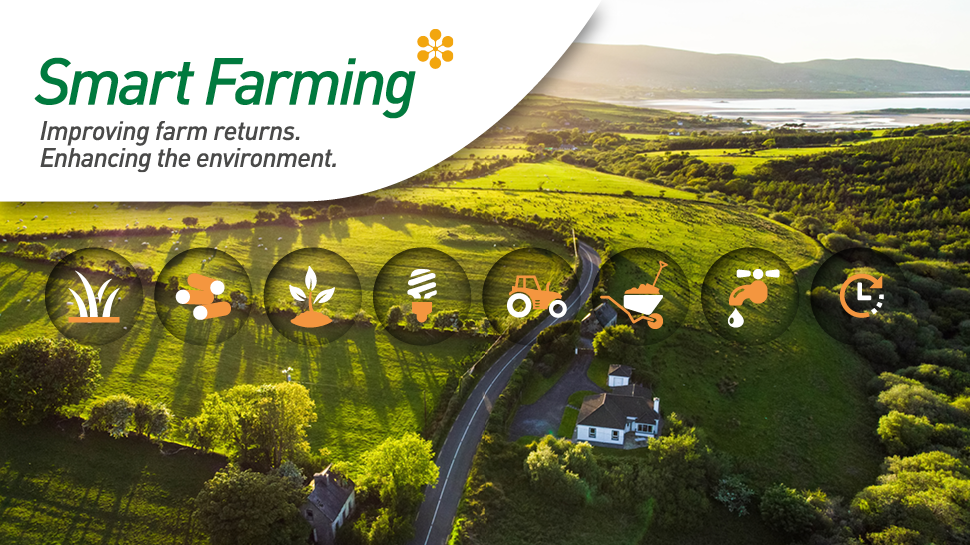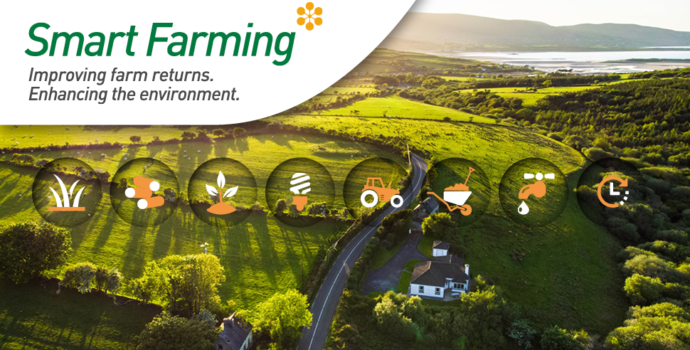
The best time to take a soil sample is between October and February.
Soil testing can save on fertiliser costs by identifying the areas of land which have low soil fertility and are in the most need of extra fertiliser. Knowing this information allows you to tailor your rates of fertiliser application to the specific needs of the soil.
Here are some simple steps for taking soil samples:
- Samples should be taken between October and February and prior to fertiliser application (waiting at least 3 months after the last application of P or K before sampling).
- Take a minimum of 20 soil core samples and ensure soil cores are taken to the correct sampling depth of 100 mm.
- Take a sample every 2 to 4 hectares.
- Take samples in a” W” shape across a field to get a good representative sample. Avoid sampling around gateways, water troughs, machinery lines.
- To spread costs, soil test a portion of the farm, for example, a quarter every year.
- Soil samples should be taken at a similar time of year. New soil test results should be compared with past results to assess changes in soil fertility over time.
For more information on taking a soil sample watch this video by Teagasc.
Remember that soil tests are now compulsory under the Nitrates Action Programme 2022- 2025 for farms with the following stocking rates:
| Date | Soil Sampling Mandatory |
| 11th March 2022 | Farms stocked at >170 kg N/ha |
| 1st January 2023 | Farms stocked at >130 kg N/ha |
| 1st January 2023 | All arable land |
For more information on improving soil fertility read the Smart Farming Soil Fertility guidance notes and/or watch short video on How to Improve Soil Fertility.
Smart Farming is a voluntary resource efficiency programme, run by the Irish Farmers’ Association in partnership with the Environmental Protection Agency.

